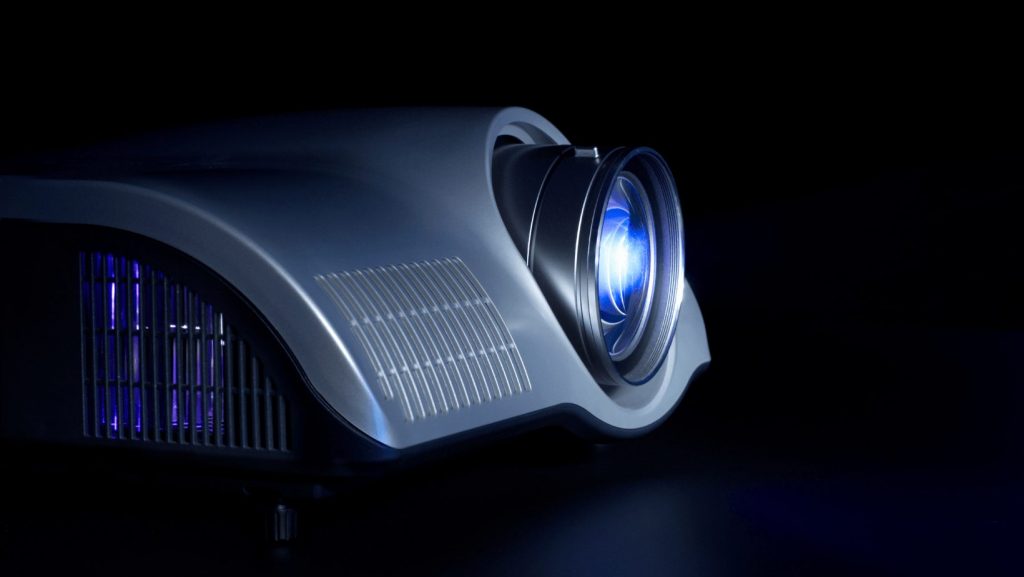Introduction:
There are many types of media devices available in the market. Projectors are the latest emerging media consumption device. We know if you are here, it means you are going to buy your first projector. We are very glad to help you with how to choose a projector. A projector has two main parts, one of which is a projector screen and the other is an imaging device. At the same time, to find a suitable projector according to the requirements, you must select the best option among different throws, brightness, light sources, space and imaging technology, etc.
A number of different requirements are to be considered when choosing a projector. You’ll need to read the article below to learn how to choose a projector.
What is a projector?
A projector is an electronic visual device that is able to direct light outside its light source, which forms an image or a video. The projectors are capable of converting a small image to a large screen image to enhance the user experience.

Projectors for home theatre are becoming common these days because people love to consume media on a larger screen, and going to the cinema is only sometimes the best choice, so people try to consume media at home.
How to choose a projector?
When you hunt for a projector, you will always find it challenging to find a projector due to the extensive list of projectors available in the market. There are numerous different brands and types of projectors in the market. The main question is how to choose a projector. If you want to buy a projector, it is essential to know your requirements because all the parts are equally good, but if you want the best one, you must know what you want in a particular projector while choosing one.
What to look for in a projector?
When choosing a projector, you must look at the market’s spatial requirements and options and choose the best among them. Such as space required for the deployments, budget, port selection, resolution, size, type, etc. Some of these options are listed below in basic steps:
Step I: You must have an idea of the area and space for deployment:
When choosing a projector, several factors are considered, such as the throw ratio, light source, and adjustment angle. All three terms explained below depend upon the space available for the projector.
Throw ratio:
It is the ratio of the area the light source covers to the screen. The distance between the light source and the screen directly affects the size of the image. This means if the distance between the light source and the screen is less, the image is smaller, and vice versa. If the space available for the projector deployment is tiny, you must buy an ultra-short throw projector, but it is expensive. If the space is considerable, short-throw projectors are considered, and long-throw projectors are selected for more prominent space.
Light source:
There are two types of light one is the natural light of the room, and the other light is the light emitted by the light source. If the room’s natural light is bright, you must buy a projector with a light source emitting more than 3000 lumens. Otherwise, always consider a bright projector as it increases the quality of the image. The light source must always be brighter, so the visuals of the projectors are high quality.
Adjustment angle:
The projector must be centered on the screen for better visuals. If it has adjustment knobs, you can manually adjust the image on the screen. If the space for adjustment of a projector is smaller, then the angle is narrower, and vice versa.
Step II: Determine the purpose of buying a projector:
The next step is to know the real purpose of buying a projector. A projector is a media device that can be used for various purposes. People buy a projector for gaming, business, workplace, home theatre, etc. If you want to buy a projector for gaming, then you must buy a projector that has low latency and provides seamless graphics without any lag. Projectors used for home theatre must have good port options and better brightness to provide HD graphics. Projectors used for workplaces must have an excellent overall experience and better connectivity options.
Step III: Resolution consideration:
Now you know the real purpose, so you can select the resolution required for the projector you want to buy. Projectors with all sorts of resolutions are available, like low-resolution projectors are available for 200-300 dollars, but if you want to buy a 4K projector, then it is very expensive.

Step IV: Sound range:
If you are buying a projector for home theatre, it must have a great sound to enhance the media experience. It is also applicable to gaming. You can also connect a speaker system to the projector for a better experience.
Step V: Special features required:
I’d also like to point out that special features you think must be present in your projector are also considered. Some of these features are a port selection. A wide range of port selections must be available on your projector. Lag time must be low, and brightness limits must be high. There are numerous more features that you think your projectors must have.
Step VI: budget:
You know all the features and requirements of your projector, so now you must check the best option available according to the budget decided.
Conclusion:
We know you are a new projector buyer. So we are here to help guide you in choosing the best projector according to your requirements. Projectors must be selected according to the abovementioned steps to provide the best value for money. Moreover, it all depends upon the buyers how to choose a projector. And which features they prefer according to their requirements.
FAQs:
How to choose a projector for home theatre?
It would be best if you considered the steps mentioned above, and the projector for home theatre must be brighter to provide a high-quality image.
Can we use projector for education?
These days many educational institutions use projectors for teaching purposes. Projectors are used to present all sorts of media to the audience, whether it is for entertainment, business, or education.
Are projectors value to money?
Obviously, projectors have numerous advantages. They provide a larger image, comfort to the eyes, and a better media experience, and they can be used for several purposes, so they are considered valuable to money.

